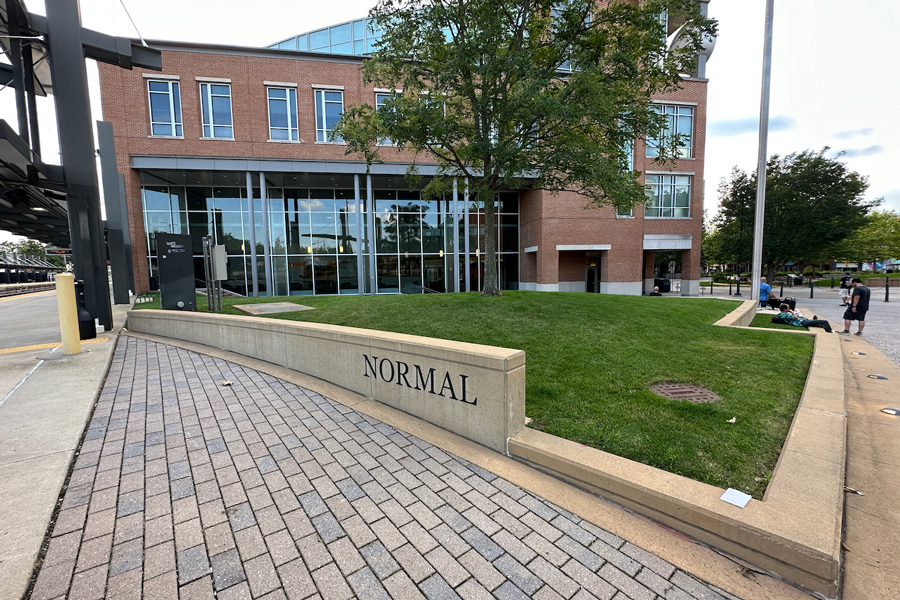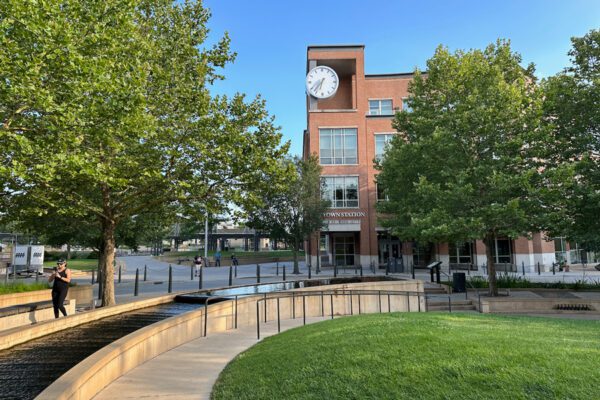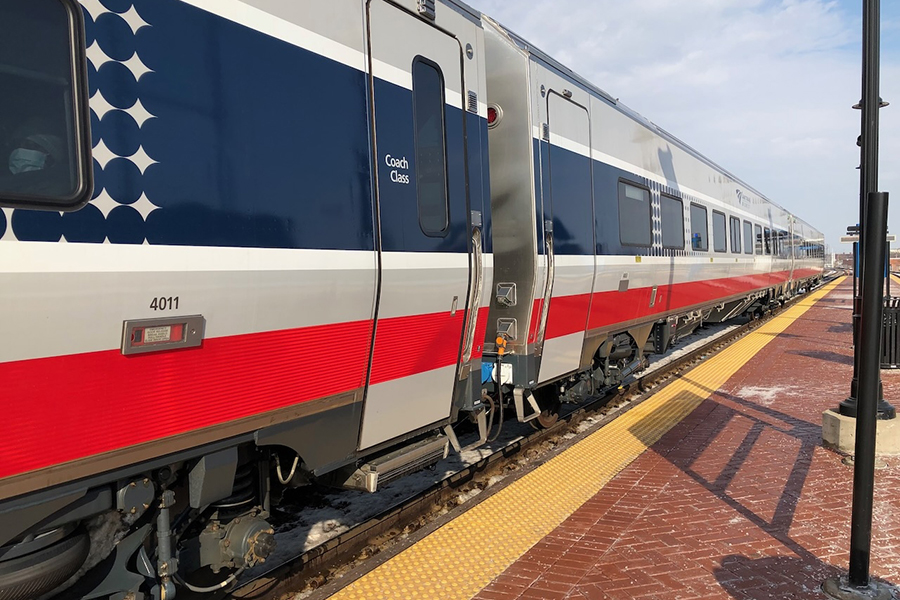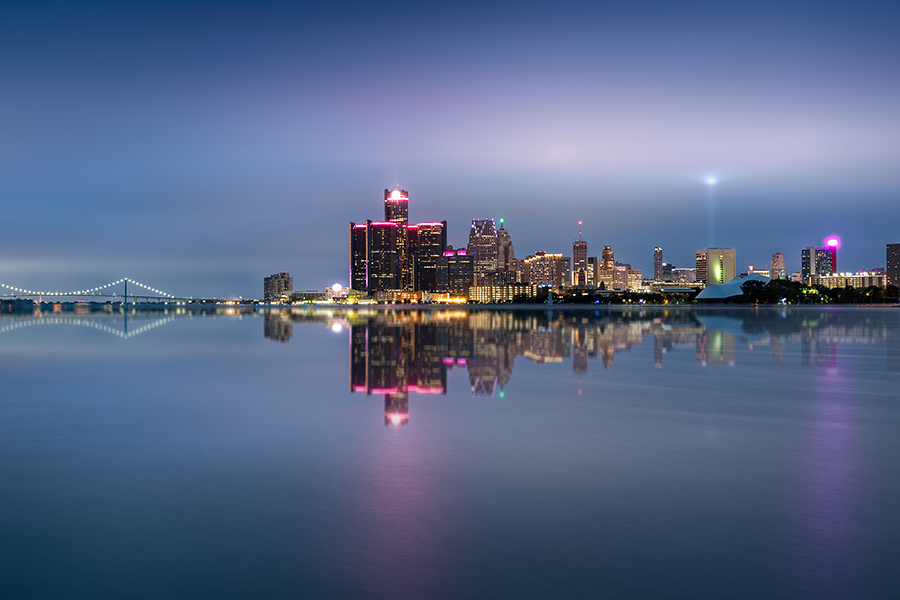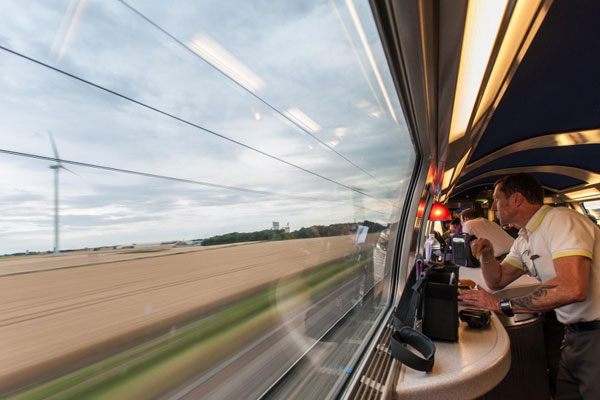Normal, Illinois, has reinvented itself around trains over the past two decades.
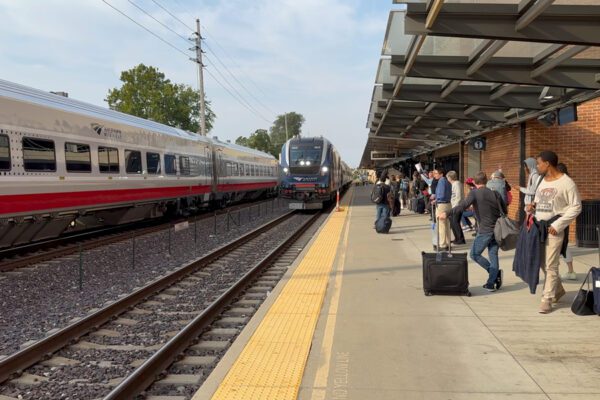 Amtrak offers five daily departures in each direction towards Chicago and St. Louis. The trains are typically either sold out or near capacity, which has made Normal’s train station the second busiest in Illinois. It served about 241,000 passengers in 2019—versus about 3.4 million for Chicago’s main station and 181,000 for Champaign’s.
Amtrak offers five daily departures in each direction towards Chicago and St. Louis. The trains are typically either sold out or near capacity, which has made Normal’s train station the second busiest in Illinois. It served about 241,000 passengers in 2019—versus about 3.4 million for Chicago’s main station and 181,000 for Champaign’s.
But Normal’s success wasn’t guaranteed. It came about through a clear vision and a strategic plan for using trains to strengthen the city’s core.
Normal is located about 130 miles southwest of Chicago and has a population of roughly 54,000. (The Bloomington-Normal metro area has about 191,000 people.) Like many towns and cities in the late 1990s, its growth happened mainly on the outskirts, near the highways. Meanwhile, the downtown slowly faded and crumbled
“The business district was old, it was tired, the buildings were not very good quality,” says Chris Koos, the mayor of Normal since 2003. “It was a good place to incubate your business, but two things would happen if you did build a business down here. One, you’d go out of business. Or, two, you’d be successful and need a different location.”
But instead of subsidizing more sprawl, the city council decided to get serious about investing in the town’s core. “The city manager went to the council and said, ‘What do you want to do? Do you want to modernize the street lighting and clean everything up a little bit? Or do you want to do something a little bolder?’” says Koos, a Bloomington-Normal native. “Well, I don’t think anybody had any idea how bold we were going to get.”
In 2001, the council approved a plan calling for a new, multimodal transportation center downtown; a roundabout that resolved a confusing intersection of five streets; and a pedestrian and bike-friendly “living plaza” at the center of the roundabout. It features spaces to sit and a structure that collects, cleans, and circulates stormwater runoff while doubling as public art.
The three-floor, $47 million transportation center—called Uptown Station—opened in 2012 with the help of a grant from the the 2009 Recovery and Reinvestment Act. The city’s administrative offices and council chambers are located on its second and third floors. The station also serves as a connecting point for regional bus lines, and it’s situated on the primary artery of the Constitution Trail—a 37-mile bike and walking path that runs through Bloomington and Normal.
The roundabout—called Uptown Circle—won a Transportation Planning Excellence Award as part of a competition co-sponsored by the Federal Transit Administration. The citation noted that it is “the core design feature of a larger Uptown renewal plan with a heavy emphasis on sustainability. The Uptown plan redirects development to the Town’s historic core where there is existing infrastructure, bus service, a multi-use trail, and higher density housing.”
In the decade between passage of the city council’s plan and the opening of Uptown Circle and Uptown Station, downtown Normal added several anchor institutions. They included the Children’s Discovery Museum in 2003 and a 228-room Marriott Hotel with a 40,000 square-foot conference center in 2009. Another major hotel—a 114-room Hyatt—opened in downtown Normal in 2015.
More connectivity, more people, more growth
Trains pull all of this development together—and help revitalize Normal—in two ways.
First, they allow people to live in Bloomington-Normal and have easy, affordable access to other communities in the region. With trains running at maximum speeds of 110 mph on the Chicago-to-St. Louis route, it’s roughly a 2-hour trip from Chicago to Normal; the reverse trip is about 2.5 hours.
That kind of connectivity is a big win for the 21,000 students enrolled at Illinois State University (ISU), located just a few blocks away from the Uptown Station. About 80 percent of ISU students live in Chicago. Trains make their trips home fast, safe, and convenient. And they make possibility of internships in Chicago, St. Louis, and other communities along the line a practical possibility. Meanwhile, business travelers can use their time productively and avoid the stresses of driving.
“Normal did an incredible job with creating interconnectivity, especially for students and workers that live here and visit Chicago, or vice versa,” says Charlie Moore, CEO of the McLean County Chamber of Commerce. “I’m a part of a couple of statewide associations that have offices in Chicago, so it’s easy for me to hop on a train, work for the two hours it takes me to get downtown, and then hop off the train and walk a block to the office and go back to work. So, I don’t skip a beat.”
Second, high-quality trains—and a modern train station in the heart of downtown, which is also a hub for bikes and transit systems—make it possible to explore the town without a car. More foot and bike traffic generates more business at local restaurants and shops, which creates a virtuous cycle of a stronger tax base, more investment, and a strong urban core.
So far, public investments of about $85 million in Uptown Station (and related infrastructure) have generated about twice that amount—$175 million—in private spinoff development.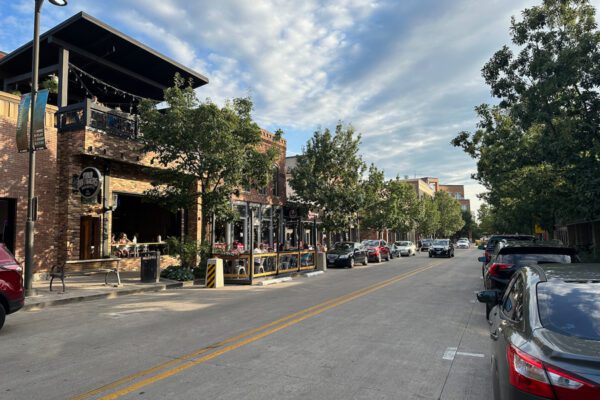
“People love coming down here,” says Koos, who owns a bike shop and a running store in downtown Normal. “Families will come down here for a night of music on the circle—or just come down, grab an ice cream with their kids, and go sit in the circle. We’ve created a unique sense of place, and that’s really the magnet.”
Champions needed
The revitalization of Normal seems nearly frictionless from a big-picture perspective. One major project followed another through the 2000s and 2010s, adding up to a transformative impact over time. “If you talk to students who went to Illinois State 25 years ago and then come back, they don’t recognize where they’re at—it’s changed so significantly,” Moore notes.
But the big-picture view conceals significant debate, pushback, and setbacks along the way. Based on more than two decades of experience doing this work, Koos says there are a few keys to staying on the path toward success.
One is to build strong relationships with not only state agencies and lawmakers at all levels but with local civic leaders who have the vision and dedication to see projects through. “It really needs some champions in the community to carry it forward,” says Koos, who has been nominated for the Amtrak board of directors. The confirmation process has been stalled but is expected to move forward this fall.
“It takes vision, and it takes tenacity. I mean, you’ve got to stick with it. We’ve been told that Normal is lucky because we were in the right place at the right time when things came together. Well, over two decades, that doesn’t play well, that explanation. I tell people, every major project we’ve done down here has been very difficult. It takes ability to stay the course and keep your eye on the vision that you have for your community to get it done.”
Another key is to establish open lines of communication with local stakeholders—being clear about goals, open to input, and patient when there’s pushback.
“At the local level, probably the most important lesson we learned is: Don’t get too far out in front of your public,” Koos says. “Give them time to digest what you’re doing. You know, you’re always going to have people that say, ‘Don’t do anything.’ You’re always going to have them. But there were a lot of people that, once this became a real thing, were just ecstatic about it and and thrilled that we did it. But they need time.”
How sustainability can drive growth
It’s also important to be strategic about identifying and building on existing strengths. Normal, for example, has a large student population that travels to Chicago regularly, creating a steady and substantial customer base for the Amtrak service. And a major corporation, State Farm Insurance, is headquartered in nearby Bloomington.
Not every community has those assets, but every community has strengths. It might be tourist sites, a vibrant arts and culture sector, affordable housing, good proximity to bigger cities, some combination of those things, or something else entirely.
The “green” advantage of trains—i.e, their low carbon emissions versus most other forms of transportation—can be a powerful tool for leveraging a community’s existing or potential strengths. For example, EV maker Rivian bought an abandoned Mitsubishi plant in Normal in 2017, then invested $750 million to upgrade and expand it. The plant now employs more than 5,000 workers and produced more than 25,000 vehicles last year.
Normal’s reinvention around sustainability was a big factor in its appeal to Rivian. City Manager Pamela Reece told one publication that “there’s a real synergy” between Rivian’s mission and Normal’s vision. On its website, Rivian says that it aims to “shift consumer mindsets and inspire other companies to fundamentally change the way they operate.” The partnership pays marketing dividends through national media coverage about how Normal and Rivian are moving car manufacturing into a new era—and bringing it back to the Midwest.
“I just tell people, ‘Don’t be afraid to try,’ Koos says. “Start from your unique specialty or what’s unique about your community, and what you’re proud of about your community.
You can read the full interview with Mayor Koos, starting here.
Learn More
The Chicago - St. Louis Corridor
The Chicago – St. Louis Corridor Project is paying big dividends.
The Chicago – Detroit Wolverine Corridor
The Michigan Department of Transportation (MDOT) is taking slow and steady steps towards modern service. Expediting the work, with a goal of hourly departures, would create vital links among some of the state’s most vibrant cities.
Illinois needs an integrated rail plan
There is a golden opportunity to restore Michigan Central as a working train station—and turn Detroit into the heart of a hotbed of high-tech innovation.
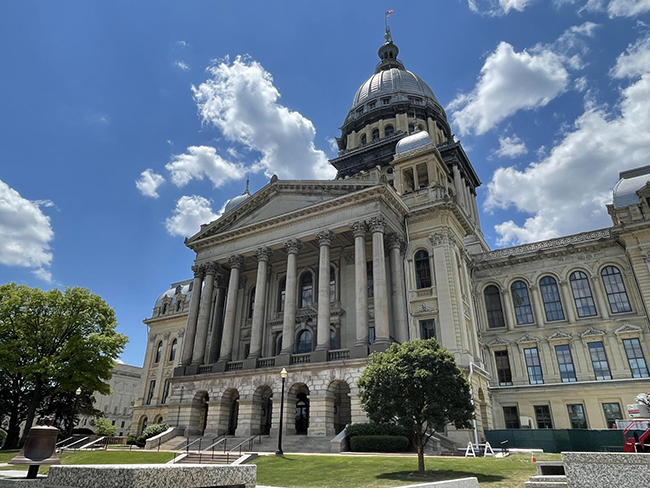
Get Involved
The Illinois General Assembly is debating the future transit and regional rail right now. The package should include a State Railway Program to invest in bridges, trainsets, and better track.
